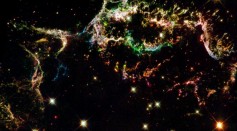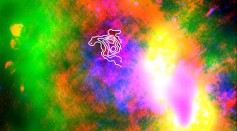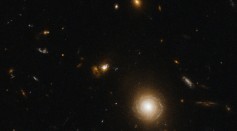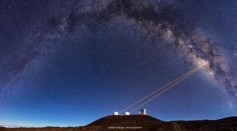galaxy

Scientists Find ‘Peter Pan’ Radio Galaxies That Never Grow Up

Rare 'Ring Of Fire' Solar Eclipse Shadow Across The Tip Of South America

NASA Hunting Universe’s Oldest Light Using ALMA Astrological Interferometer

Astronomers Relates Star Explosions To Baby Supernova

Brightest Galaxy Ever Discovered Could Contain 300 Trillion Suns
Cause of Galactic Death: Strangulation
Supernovae Dust ‘Goldmine’ Found at the Center of the Milky Way

Striking It Rich in Supernovae Dust at the Center of the Milky Way Galaxy
Is the Galaxy Bigger Than We Thought?

Could Dark Matter and Black Holes Cause the Swirl In Your Galaxy?

Light Signals Discovered by NASA Reveal The Merging of Two Black Holes

Eons After the Big Bang, and 80 Years After It Was Proposed, Dark Matter Takes Form in Andromeda

Strange Andromeda Transmission May be First Sign of Dark Matter

‘G2’ Gas Ball Survives Black Hole, and Researchers Say They Now Know Why
Most Popular

AI Revolution in Medical Education: Transforming How Healthcare Professionals Learn

Optimizing Complex Catalog Systems with Graph Theory and Indexing

Out of Office, Not Out of Mind: Planning for Employee Holiday Absences

Nikolay Karpenko Biography, Photo, Career, Accomplishments






